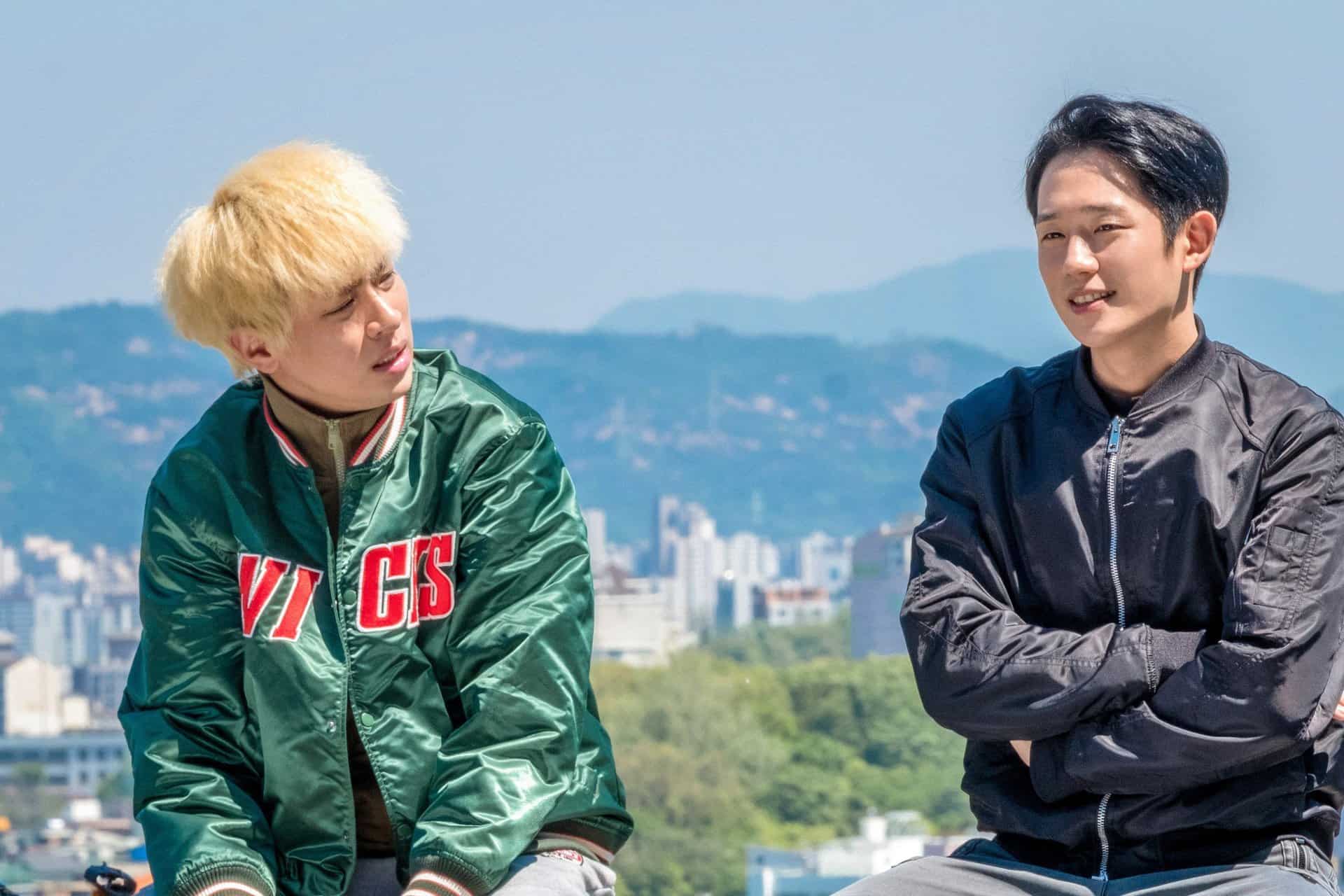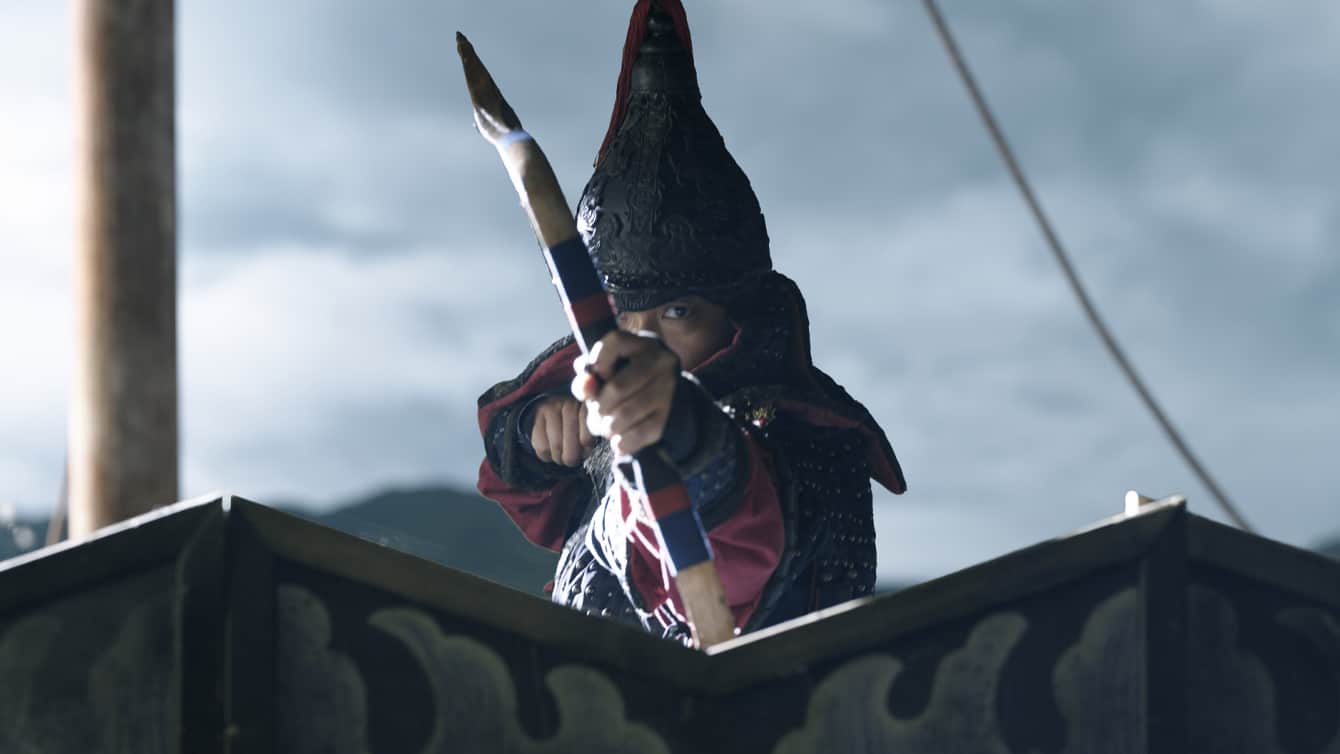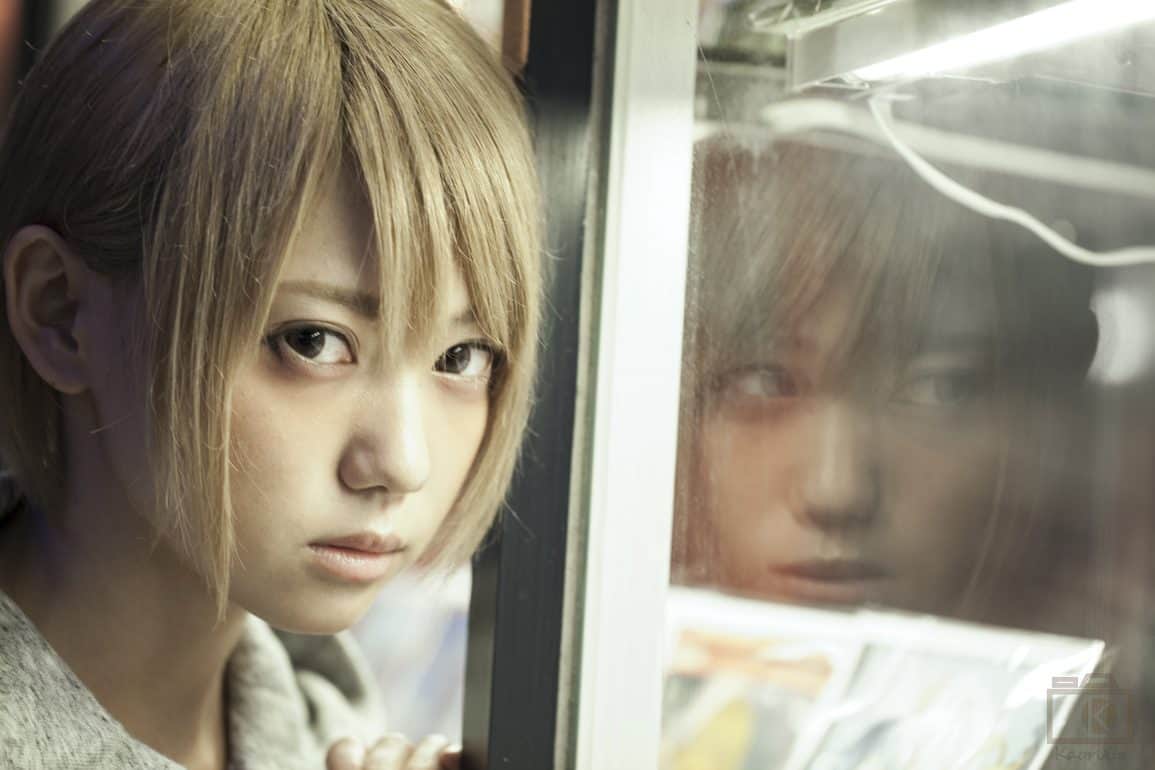The theme of Asian women diving without tanks to collect sea goods has recently surfaced in cinema, with “Ama-san” for Japanese women and this particular one for S. Koreans.
A thorough research
“Breathing Underwater” is very thorough in examining and depicting the Haenyeo , the women-divers of Jeju, since Koh Heeyoung, the director is a native and spent 7 years collecting footage for the documentary.
The procedure and the strict hierarchy are explained quite analytically. These women are actually born into the profession, with the overwhelming majority following their mother's example. Furthermore, they do not quit their practice until they are very old, with most of them being over 55 and some even surpassing 80.
The women dive without tanks, just with goggles, weight belts, and hoes. They also use a technique when they surface, by whistling in a particular way that lets them expand their lungs' capacity. Depending on the season, they “hunt” for different species. In the summer for example, they go after fish, and there is a season when they are allowed to harvest agar agar, their most fruitful earning of the year. When this time comes, even the oldest and the youngest participate.
A strict hierarchy
There are three categories in the profession, depending on the depth allowed to dive, which are strictly followed. Group C or Team Dreags is the lowest and work in foreshore shallower than 3-meter depth. Group B reach 5-9 meters and catch conch, octopus, etc. Group A goes to 15-20 meters and deals with abalone, sea hare. These women make 600-700 plunges a day for as long as 3 minutes, and are based 700 meters from the shore and usually dive for 8 hours straight without drinking water. This hierarchy however, is dictated by life itself, since lung capacity is a natural ability.
The human connection
Furthermore, the documentary examines the reasons these women continue this harsh life, and the way their families feel as they watch them dive in their 70's and 80's. The answer and the, sometimes lethal, outcome comes as a shock, in a line of work that is an addiction as much as a profession. The title of the documentary refers to this aspect.
An impressive spectacle
The practice is impressive by itself and this sense is heightened even more by the splendid cinematography, the fitting music, and the wonderful narration of Koh Heeyoung.
“Breathing Underwater” is beautiful and very informative documentary, and is quite easy to watch, since it lasts just for 82 minutes.
- The film supports the movement for the recognition by UNESCO of the cultural practices of Jeju Haenyeo, since their way of life is rapidly disappearing, and the area is transforming into a resort.
2. Why did that dog had pink ears?
“Breathing Underwater” screened during the London Korean Film Festival















